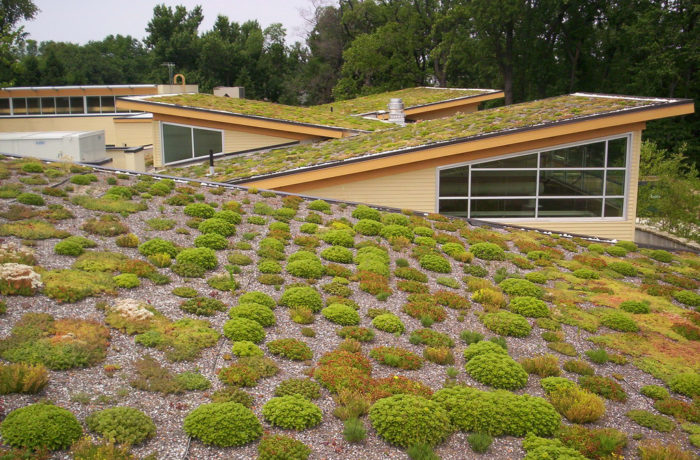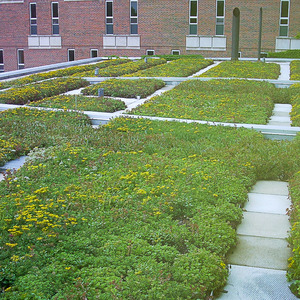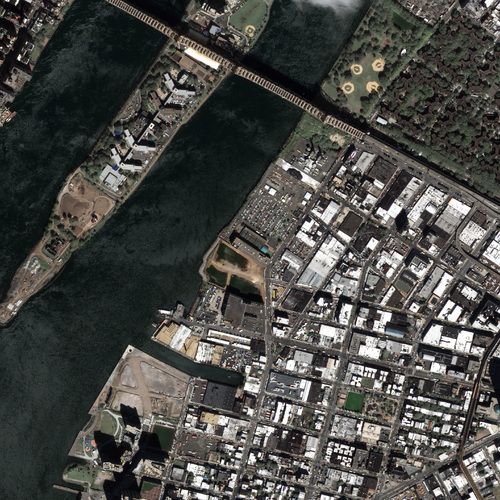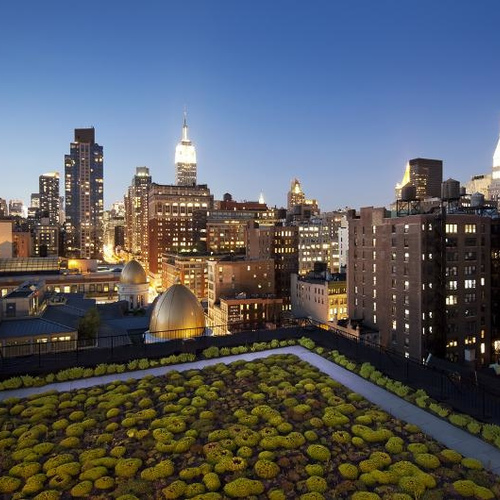
Image Credit: Creative Commons license / Flickr
Luke Morton sits on a green building committee that’s been asked to advise local officials on a green building code. The code will feature both mandatory and elective features. One of the electives currently on the list is for a “green,” or vegetated, roof, but Morton has his doubts whether the case for this type of roof is very compelling.
A green roof consists of soil or some other planting medium and living plants installed over a waterproof membrane. Two benefits typically attributed to a green roof are the ability to control water runoff and, more important to Morton, the fact they contribute less reflected heat to ambient air temperatures than conventional dark roof coverings.
But, Morton asks, how much less?
Writing in a Q&A post at GreenBuildingAdvisor, Morton looks for guidance on whether the case for a vegetated roof is strong enough to justify its place in the green building code, and whether other roofing strategies can be just as successful at a lower cost.
“There a bit of good discussion already on this forum about green roofs,” Morton says. “I note that the benefits cited by advocates are usually poorly defined, or can only be ascribed to specific green roof compositions in certain climates. And there’s vigorous counterpoint about whether or not the amenities of stormwater management and energy efficiency could not be better and more cheaply provided by more appropriate materials and assemblies. (I’m largely convinced by these views).
“So, the question is actually taking on the last ‘benefit’ of green roofs, and wondering if it can be shown to be better than a cool roof at lowering the urban heat island effect,” he continues. “I’ve narrowed the question a bit by saying I’m thinking about a hot/dry climate (e.g. many parts…
Weekly Newsletter
Get building science and energy efficiency advice, plus special offers, in your inbox.

This article is only available to GBA Prime Members
Sign up for a free trial and get instant access to this article as well as GBA’s complete library of premium articles and construction details.
Start Free TrialAlready a member? Log in















0 Comments
Log in or become a member to post a comment.
Sign up Log in